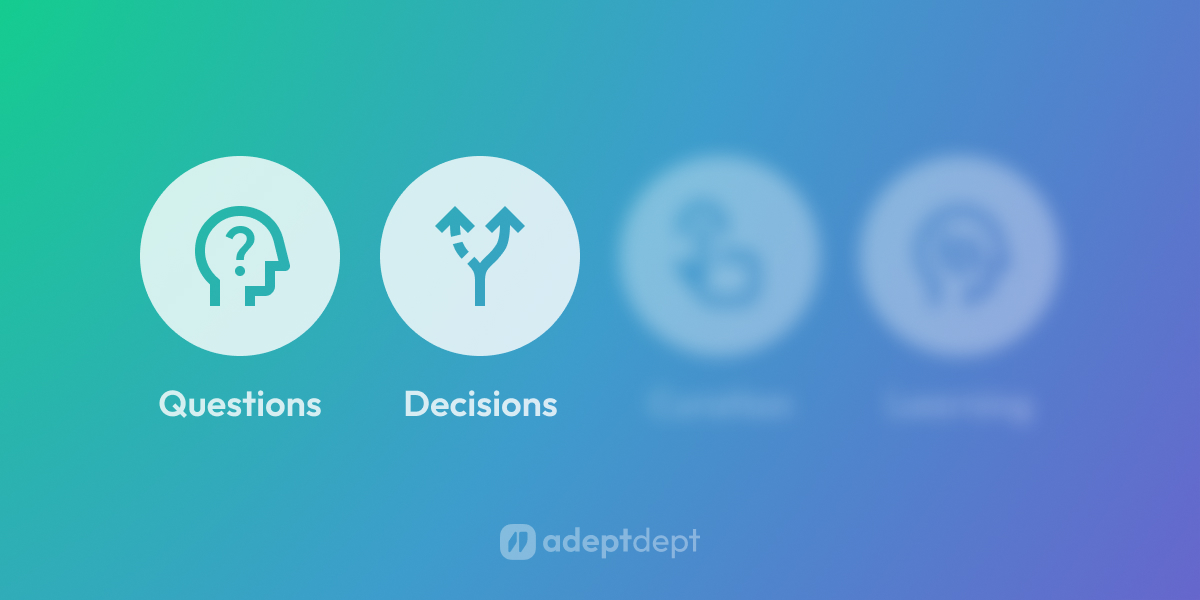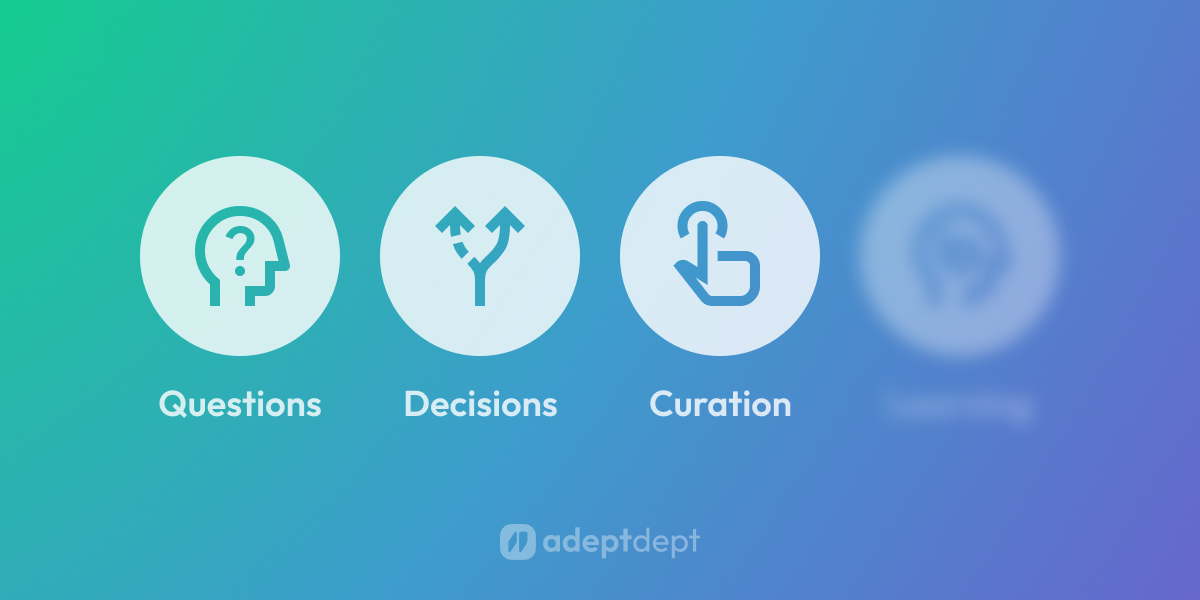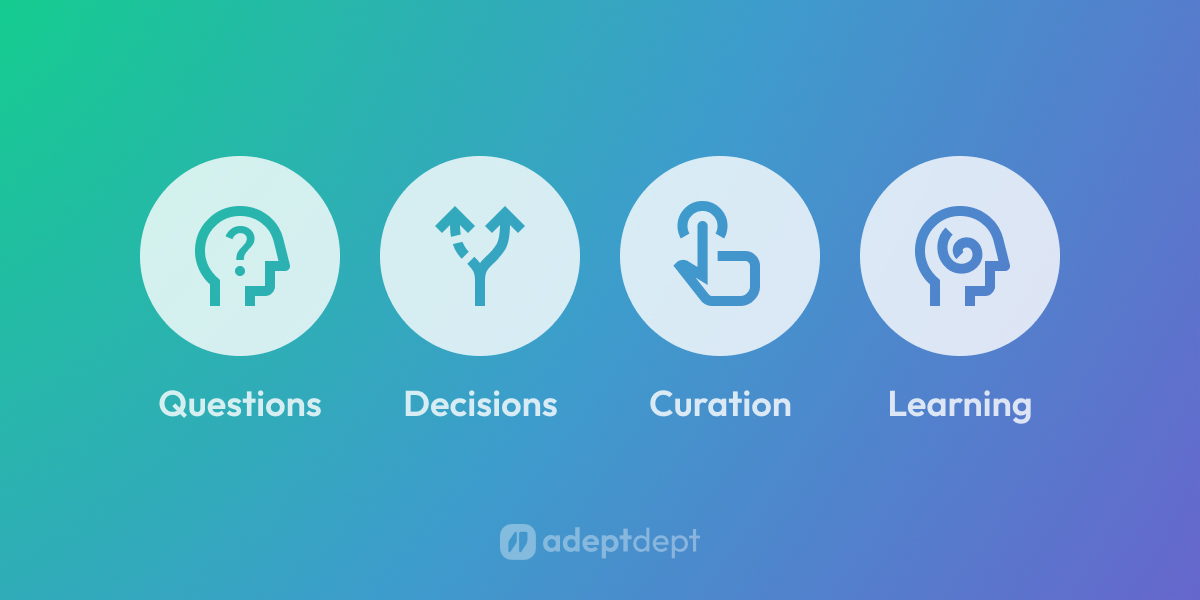As someone who has been geeking out over user-centered and business-focused design for the past 10 years, I’ve witnessed firsthand how AI is impacting the creative field. While I am a product designer and not an AI expert, I consider myself an AI enthusiast and advocate for its creative potential, having recently launched my own AI imagery SaaS business.
After five years as the lead designer at a startup, I founded a small design business with a focus on empowering visual storytellers in early 2021. Back then, design tools consisted of templates and assets made for popular design software, which formed the core of my offerings. One quiet afternoon, while I savored lunch, my phone exploded with notifications. One of my template products had been featured on a popular design marketplace. Orders flooded in, 70 by the time I finished my meal. At that moment, It felt like my little business had wind behind its sails. But little did I know, there was a looming storm beyond the horizon.
While discussions about AI’s potential to generate images had been circulating for some time, AI-produced images in 2021 were underwhelming. Fast forward a year, generative AIs such as Midjourney and later Stable Diffusion emerged, showcasing impressive capabilities in creating stunning images through text prompts. In subsequent months, the direct competition from these AI tools significantly impacted the sales of my design template business. As someone who had dedicated 20 years to honing 2D and 3D visual design skills, the prospect of individuals without any design expertise creating images that could rival weeks of a designer’s work felt intimidating and even unjust.
Surfing the AI Wave
You might wonder, “So what changed? Why are you now working on an AI image project, and potentially advancing something that could replace you?” Many colleagues in the creative industry share concerns about being replaced by AI, coupled with frustrations over some companies’ disregard for intellectual property while training their AI models. Both concerns are valid. While some might resist the use of AI, and others embrace it, ignoring it is just not an option. Whether we welcome it or not, AI is here to stay. Considering the rapid progress of AI technology, it won’t be long before the use of AI becomes the standard practice in the creative industry, and no one wants to be left behind.
Generative AI is adept at transforming ideas, from text prompts into captivating content through an iterative process. Simple words morph into compelling visuals through a rapid evolution, churning out 20, 50, even 100 iterations in mere seconds. Like a tireless junior designer gone haywire with a sketchbook. At the moment, MidJourney, Stable Diffusion, and Dall-E are the dominant players in generative AI imagery. The quality and accuracy of their image outputs continue to improve. Third-party applications powered by these generative AI models are pushing the boundaries even further.
So, with AI looming like a storm cloud, should we pack our laptops and styluses and seek shelter? Absolutely not! In this new era, we shouldn’t be fighting the tide. Instead, we need to ride the waves of AI innovation and carve our own creative paths.
I. Master the Art of Asking Questions

While AI provides quick answers through extensive data training and can carry out tasks diligently, it is increasingly vital for designers, and creative professionals in general, to master the skill of asking questions. Rather than simply carrying out requests, we concentrate on crafting the precise questions and prompts that can reveal hidden insights, challenge assumptions, and propel the project forward.
This expertise relies on knowing which questions to ask, when to ask them, who should hear them, and how to frame them to avoid personal biases. Well-crafted questions can spark creativity, nurture empathy, and draw out diverse perspectives. Remember that pivotal time when your question about a user’s morning routine revealed a hidden pain point that transformed the entire product concept? These are questions we may need to ask ourselves, peers, colleagues, internal and external experts, customers, and target audiences at different stages of a project. Once equipped with the appropriate questions, we can enlist the help of AI to refine the language, identify potential biases, and uncover blind spots.
II. Hone Decision-Making Skills

In a time where AI generates a dizzying array of design options and suggestions, the true power of a designer lies in the ability to make discerning choices, as we cannot rely on AI to decide for us. Design involves a complex series of decisions. While some decisions are inconsequential, such as the placement of a button, others might have irreversible outcomes, resembling one-way streets where retracing steps isn’t a viable option.
Consider some common choices we face as designers: Who are the end-users? What problems are we solving for? Do we build in software, hardware, or both? What solutions and features merit our attention? What should we include in the MVP (minimal viable product)? What is the timeline and roadmap? These are the fundamental choices that set the course, each branch laden with its own costs and benefits. For software, time, resources, and human capital are the currencies spent on refining features and user experience. Hardware, on the other hand, demands even higher stakes – every decision is etched in the list of components, with repercussions felt in the final product’s form and function.
Reflecting on my own career, I’ve had my fair share of tough decisions in both software and hardware design. In hindsight, there were definitely areas for improvement—app features we should have prioritized or overlooked, and choices of material and components. These lessons have shaped me as a design decision-maker. Recognizing that perfect choices are elusive, our role as designers is to minimize the chance of regret. This nuanced decision-making requires a balance between data and instinct. Not one or the other, but both.
III. Embrace Curation as a Tastemaker

Generative AI has revolutionized the image visualization process, significantly reducing the time required to produce graphical artwork from weeks to mere seconds. While the creative process has become much faster, the abundance of AI-generated content floods the creative space, making it easy for designs and artwork to get lost in the noise. To stand out, designers must become adept curators and tastemakers. Rather than drowning in it, master the art of selecting, organizing, and presenting design elements in a way that tells a compelling story.
Effective design curation extends beyond aesthetics; it involves understanding cultural trends, user desires, and ethical considerations. It centers on skillfully weaving together elements that not only please the eye but also evoke emotions, stimulate conversations, and forge connections with audiences on a deeper level. Imagine crafting a brand experience that seamlessly blends sustainable materials, interactive technology, and hand-crafted details, all curated to tell a story of conscious luxury.
IV. Foster Adaptability & Lifelong Learning

In a rapidly evolving creative landscape, designers must adopt a mindset of continuous learning. Embracing new technologies, staying updated on design trends, and actively seeking opportunities to expand skill sets are essential. Keeping up with the latest AI-powered design tools and methods is becoming increasingly challenging, making adaptability crucial. The first step is having an open mind and acknowledging that traditional approaches may no longer be relevant.
The next step is to be willing to experiment with the new, even if it challenges preconceived notions or leads to occasional failures. Every stumble becomes a stepping stone. My journey of building an AI imagery SaaS business serves as a personal testament to embracing the unknown and growing through experimentation. Instead of just skimming the surface, I wanted to take a deeper, hands-on approach to learning about generative AI. Regardless of the outcome, this journey has already been its own reward.
Advantage of AI Imagery in design
Imagine being a one-person design studio, but having the creative firepower of a 10-person team at our fingertips. That’s the power of AI image generation! Think of it as a tireless squad of coffee-fueled designers, eager to translate our text prompts into visual concepts. We simply whisper “what if…?,” and they churn out sketches, renders, and mockups in seconds.
This isn’t about replacing good old-fashioned human ingenuity. AI serves as a potent brainstorming partner, not a substitute. We call the shots, deciding which ideas have merit, which need polish, and what unexpected gems the AI unearthed. It seamlessly integrates into our design thinking process, whether we’re empathizing with users, defining the problem, or generating a myriad of possibilities during the ideation stage.
AI’s superpower extends beyond brainstorming. Remember that photorealistic 3D render we needed for your app mockup? Or the picture-perfect Parisian cafe setting for our travel website? Gone are the days of resource limitations. With generative AI, we can conjure up stunning visuals at the touch of a button, no professional photographers or expensive set design needed. It’s as if the world becomes our creative canvas, accessible at our keyboard’s command.
Ethical Considerations in AI Imagery
The creative explosion of AI imagery brings to light complex questions about intellectual property. As a designer and a visual artist, I deeply respect the value and importance of protecting original work. However, the current landscape is often a grey area, with many AI models trained on a vast sea of data, including copyrighted content.
Instead of viewing this as a zero-sum game, let’s build a shared approach of ethical exploration and responsible referencing. Just as scientific researchers build upon the foundation of past discoveries, we can reference existing works for inspiration and as building blocks for our own creations, with a crucial caveat: transparency and proper attribution.
This means acknowledging the sources that inform our AI prompts, whether through artist names, links to original works, or clear mention of “AI-inspired” within our creations. Remember, crediting is not just a formality; it’s a way of showing respect and honoring the artists who paved the way for this new frontier.
While legal policies might lag behind technological advancements, we, as designers, hold the power to act with integrity and cultivate a culture of ethical exploration within the AI frontier. By embracing responsible referencing and open dialogue, we can ensure that generative AI imagery becomes a force for creative collaboration, not appropriation.
Design in the Age of AI
The AI revolution will continue to alter the design landscape, but fear not. By mastering the art of inquiry, refining decision-making, embracing curation as tastemakers, and cultivating lifelong learning, we can not only survive, but thrive in this era of AI. The true power of AI lies not in the algorithms, but in the human hand that guides them. Together, let’s paint a future where technology amplifies humanity, not replaces it.

